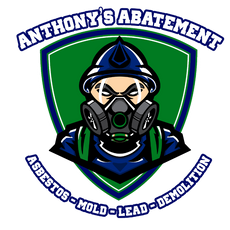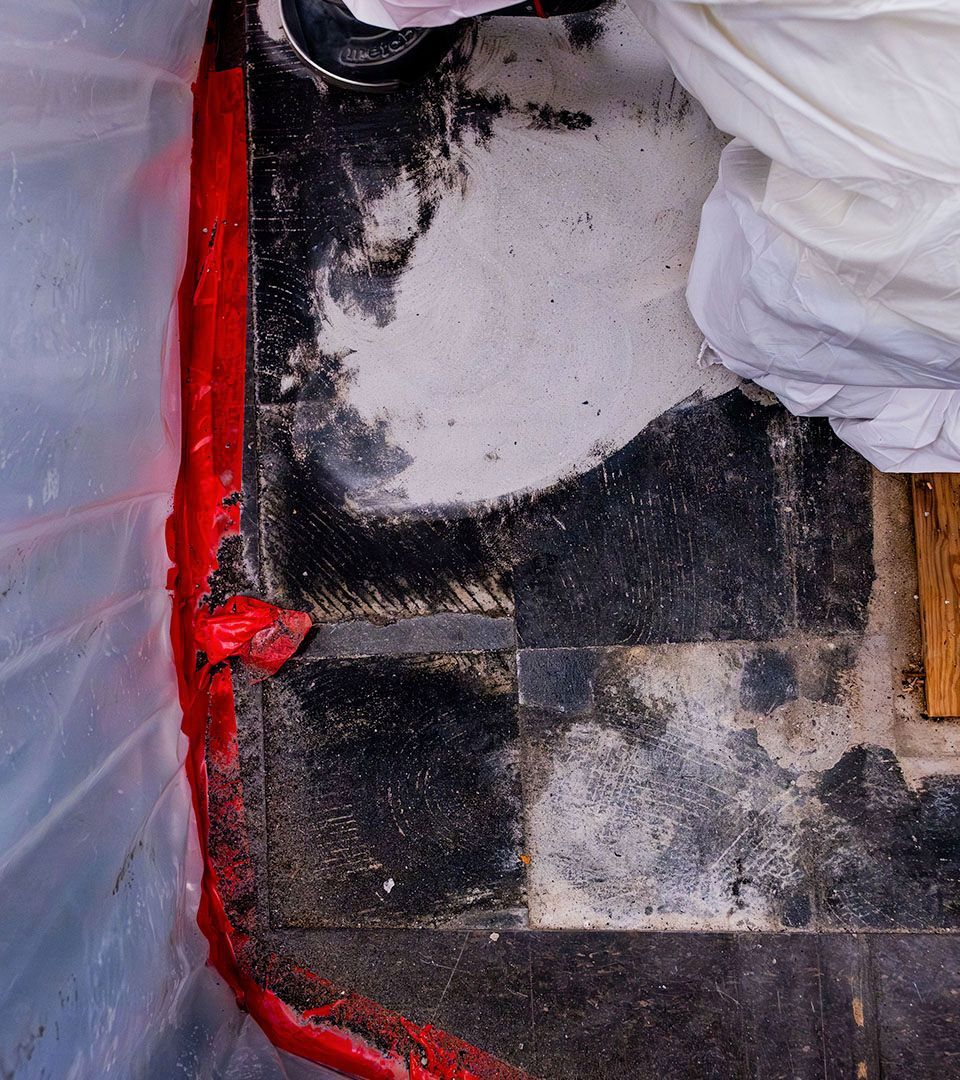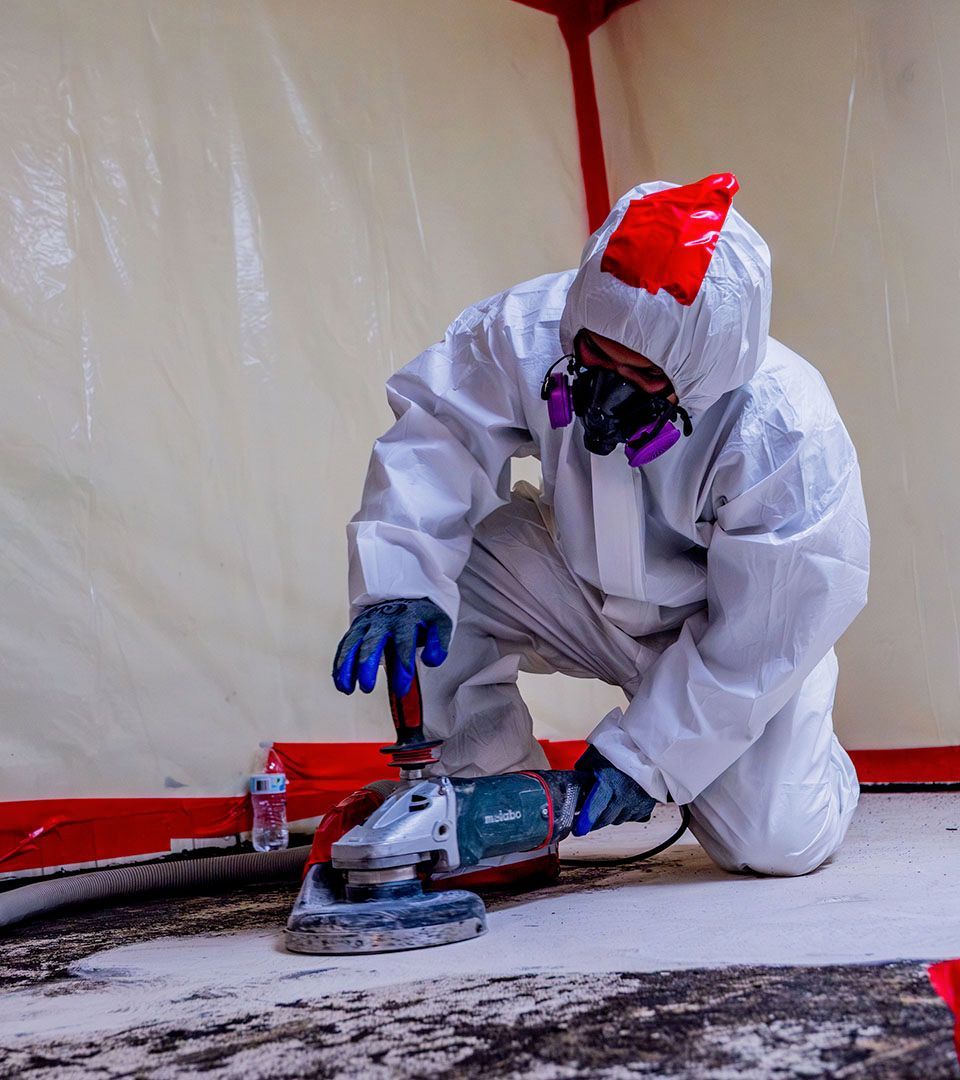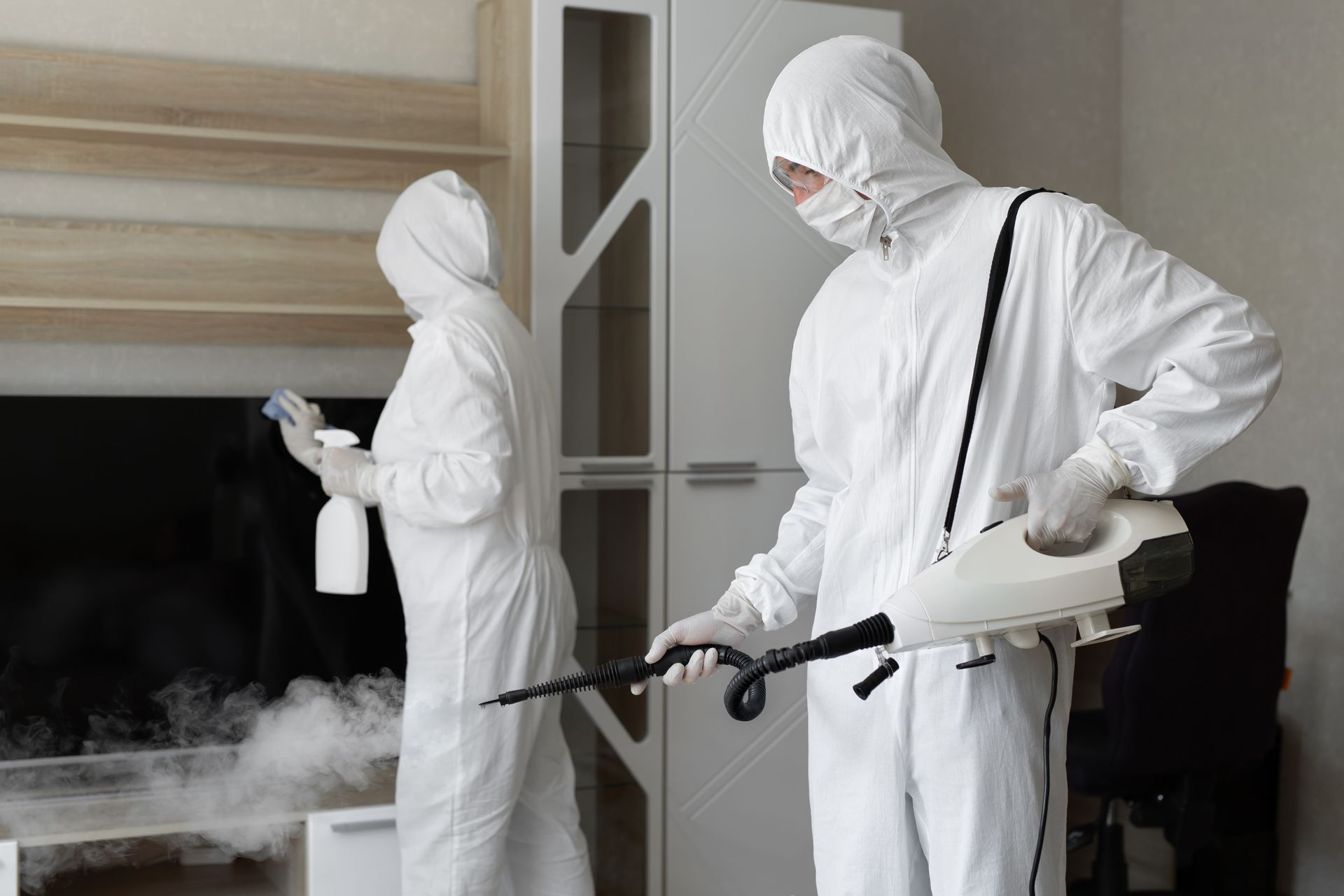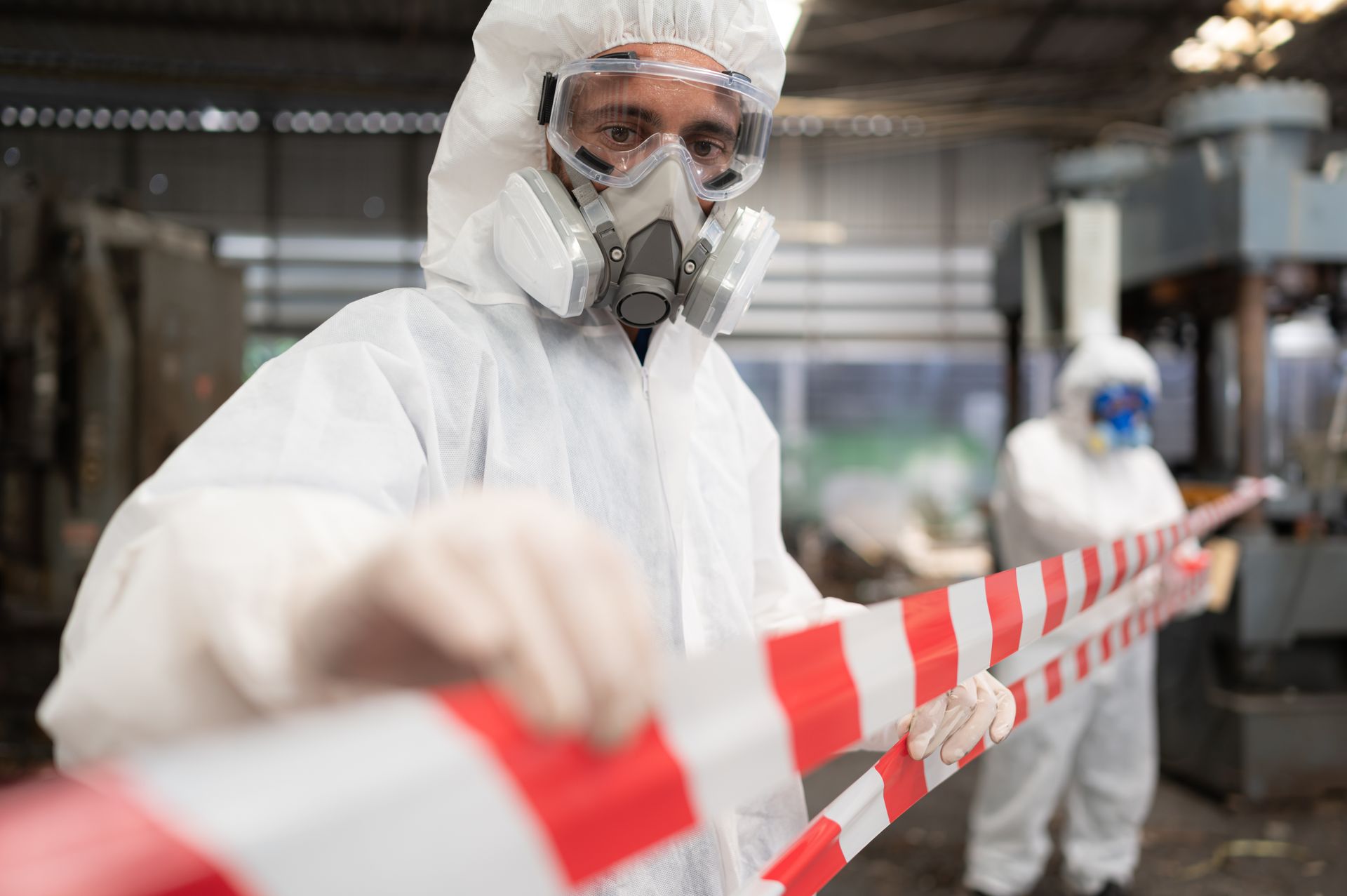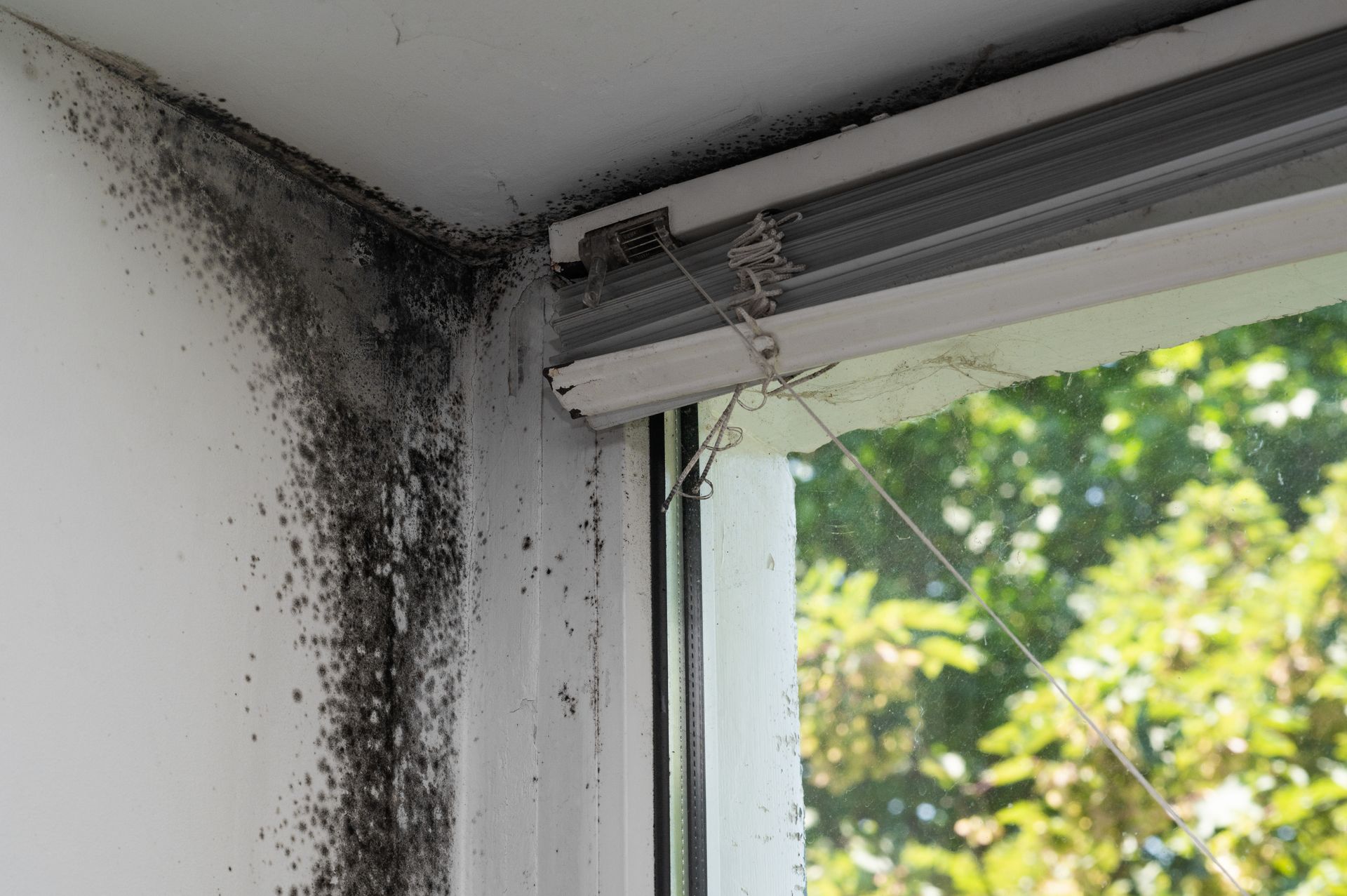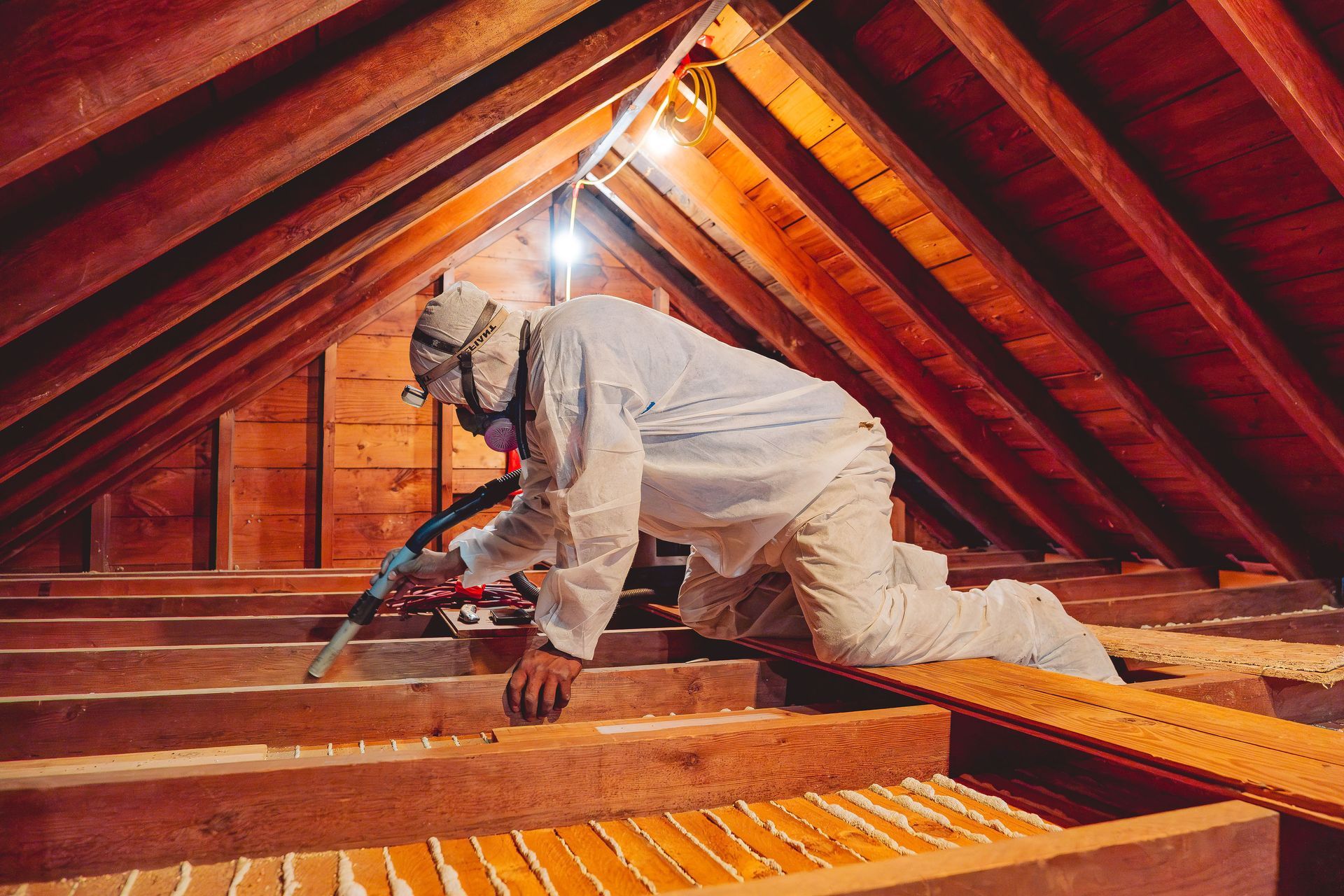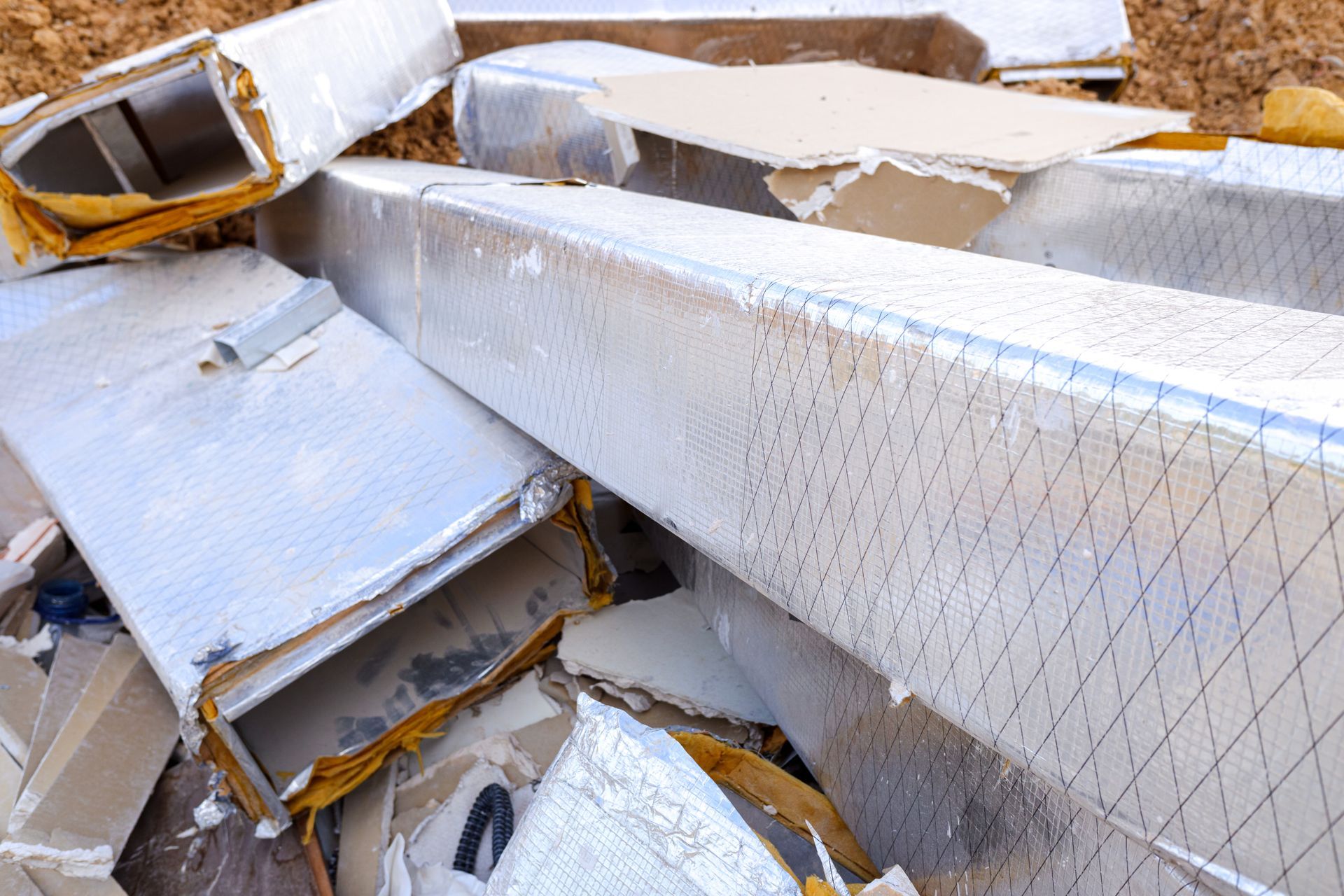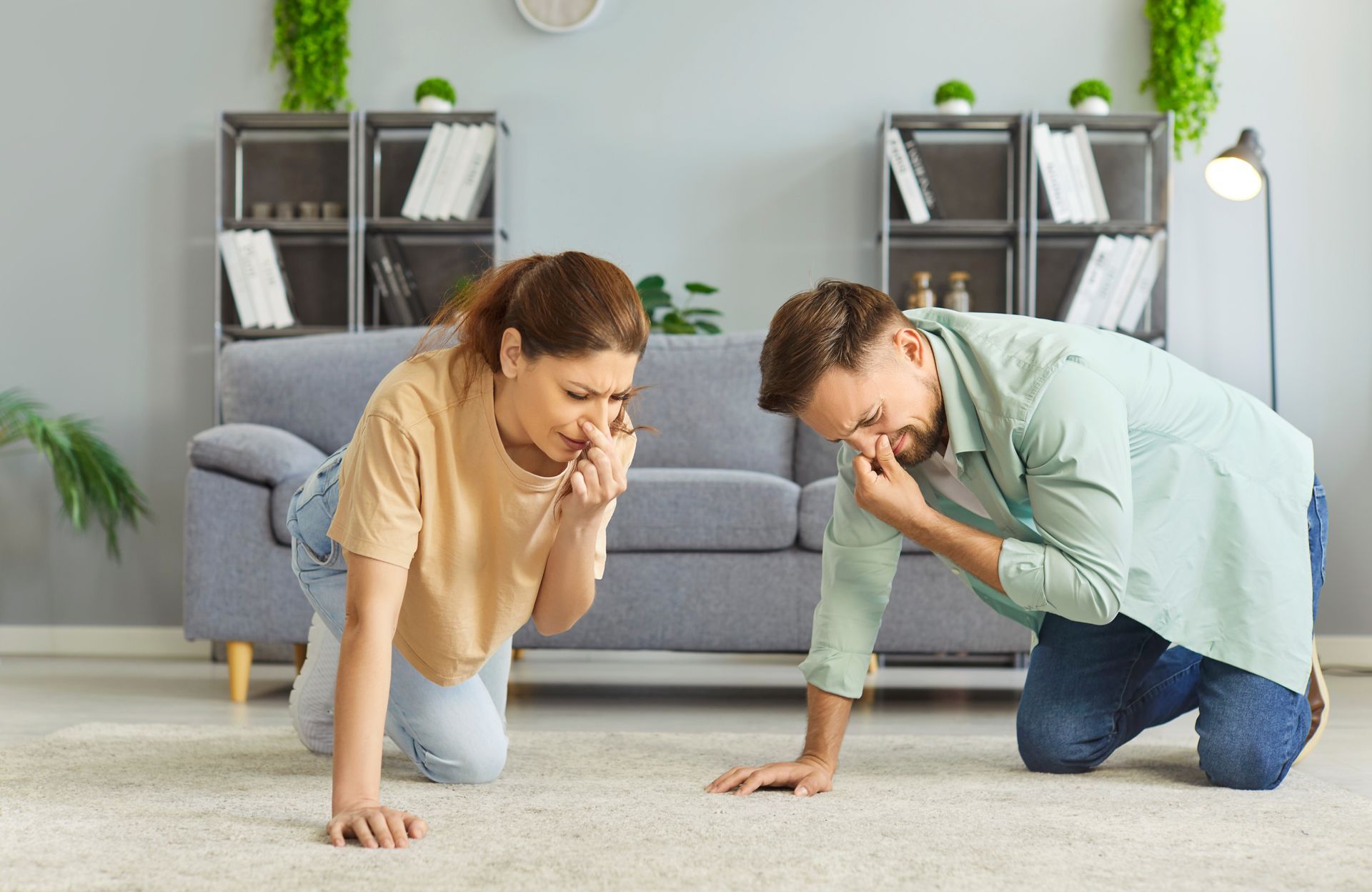Does Rubbing Alcohol Kill Mold? Isopropyl Alcohol Explained
Short answer: Yes—in the right situations. If you’re asking “can isopropyl alcohol kill mold?” The answer is that rubbing alcohol (isopropyl alcohol, IPA) can inactivate and remove small, localized spots of mold on hard, non-porous surfaces like glass, metal, sealed tile, and some plastics. It’s not effective on porous materials (drywall, raw wood, carpet, insulation) and it offers no residual protection—so solving moisture is still the main event. Read on for exactly when to use it, when to skip it, and how to do it safely.
Answer & Quick Decision Guide
Works best for:
small patches on hard, non-porous surfaces (glass, metal, sealed tile, appliance exteriors, some plastics).
Falls short on:
porous materials (unsealed wood, drywall, fabrics, carpet, insulation) and widespread growth.
Key reminder:
Alcohol can knock down surface growth and help clean, but it
evaporates quickly and
doesn’t prevent regrowth. Fix the moisture first.
Safety First: Before You Reach for the Bottle
- PPE: nitrile gloves, eye protection, and an N95 (or respirator with appropriate filters) if you’ll disturb growth.
- Ventilation: open windows/doors and use fans to exhaust air outward.
- Fire safety: IPA is
highly flammable. Keep away from flames, sparks, pilot lights, and hot equipment.
- Never mix chemicals: don’t combine alcohol with bleach, ammonia, or other cleaners.
- Kids & pets: keep solutions and use wipes out of reach; dispose of rags in a sealed bag.
Where Isopropyl Alcohol Works—and Where It Doesn’t
Best use cases
- Bathroom fixtures, sealed countertops, glass, metal hardware
- Tile and sealed grout, shower doors, appliance exteriors
- Select electronics housings (plastic/metal)—applied to a cloth, not sprayed directly
Poor use cases
- Unsealed/unfinished wood, drywall (paper backing), insulation
- Fabrics/leather, carpet and padding
- HVAC ducting and air handlers (risk of spreading spores and damaging components)
Red flags for DIY
- Recurring moisture or leaks, widespread staining, soft/crumbly materials
- Musty odor beyond a small area or
visible growth entering HVAC systems
- Health sensitivities in the household or real-estate/insurance requirements
Choosing Strength: 70% vs 91–99%
- 70% isopropyl alcohol: Slower evaporation = better contact time on smooth surfaces; the usual pick for surface disinfection.
- 91–99% isopropyl alcohol:
Faster drying; useful for certain electronics housings or when you need quick flash-off, but may reduce
dwell time on contaminants.
Guideline: Follow the product label for contact (dwell) time and surface compatibility. If the label doesn’t specify, aim to keep the surface visibly wet for several minutes before wiping.
Prep Work That Makes Alcohol More Effective
- Fix the source: address leaks, condensation, and high humidity first.
- Contain & protect: lay plastic sheeting; close nearby supply/return vents to limit
cross-contamination.
- Pre-clean:
HEPA vacuum loose debris/spores, then remove soap scum/soil so the alcohol can contact the mold directly. (Pre-cleaning = better results.)
Step-by-Step: Spot Treatment with Isopropyl Alcohol
- Isolate & ventilate the area; set up exhaust airflow if possible.
- Apply alcohol with a saturated wipe or sprayer until the surface is
uniformly wet.
- Maintain wetness for the label-directed
contact time (re-wet if it flashes off).
- Agitate gently with a non-scratch pad or soft brush; avoid gouging grout/finishes.
- Wipe residue, reapply if needed, then allow to
dry fully.
- Dispose of wipes/cloths in a sealed bag; wash hands and tools.
Stain vs. Live Growth
Even after treatment, stains can remain—especially on grout, caulk, or the edges of porous materials. Staining doesn’t always mean live mold. Consider stain-specific cleaners, re-sealing stone/grout, or replacing deteriorated caulk/trim rather than over-scrubbing finishes.
Material-Specific Guidance
- Tile, glass, metal: generally compatible; clean and dry thoroughly.
- Sealed grout/stone: spot test first;
re-seal after cleaning if needed.
- Painted/finished wood: spot test for dulling; avoid soaking seams.
- Electronics housings: apply to a
cloth and wipe—never flood; keep out of ports.
- Fabrics/leather:
avoid—poor penetration and potential damage.
Alternatives & Comparisons
- Hydrogen peroxide vs alcohol for mold: Peroxide-based cleaners can oxidize stains and work well on non-porous or lightly porous surfaces; less flammable, but still follow label directions.
- Vinegar vs alcohol for mold: Vinegar is popular but has
variable results and strong odor; not a registered fungicide.
- IPA vs bleach for mold: Bleach (sodium hypochlorite) can discolor and damage materials; effectiveness on porous surfaces is limited; use only where materials allow and with strict ventilation.
- EPA-registered fungicide alternatives: Look for products
specifically labeled for mold/fungal remediation when you need broader claims and clearer
dwell times.
- Borate/borax on wood: Useful where
penetration and some residual benefit are desired (e.g., framing), typically as part of a professional plan.
- Quaternary ammonium products: Common in remediation for certain surfaces; always follow labels for contact time and PPE.
How to Know When DIY Isn’t Enough
- Growth across multiple rooms or a large continuous area
- Persistent odors or symptoms
after cleaning
- Material damage (swelling drywall, rotting wood) or
HVAC involvement
- Health sensitivities, or when
documentation is needed for real estate or insurance
That’s the point to bring in a professional mold inspection and, if needed, a mold remediation plan.
Preventing Mold from Returning
- Moisture control: fix leaks, improve drainage, run bath/kitchen exhausts to the exterior.
- Humidity management: use a
dehumidifier and a
hygrometer; keep indoor RH
around 45–55%.
- Airflow & maintenance: clean/replace filters, declutter damp zones, check high-risk areas seasonally.
Seal & insulate: re-seal grout/stone, replace deteriorated caulk, and insulate cold surfaces to reduce condensation.
Quick Kit Checklist
- 70% isopropyl alcohol, spray bottle, disposable wipes/cloths
- HEPA vacuum, non-scratch scrub pads
- Plastic sheeting & tape for simple
containment
- Nitrile gloves, eye protection, respirator (as needed),
sealable trash bags
Not sure if alcohol is the right method?
If you’re weighing isopropyl alcohol mold removal against other options—or the problem looks bigger than a quick wipe—Anthony’s Abatement can help. We’ll assess the moisture, recommend the right testing (when warranted), and craft a remediation & prevention plan that actually keeps mold from coming back.
Prefer to skip the guesswork? Book a quick consult and get a tailored action plan today.
